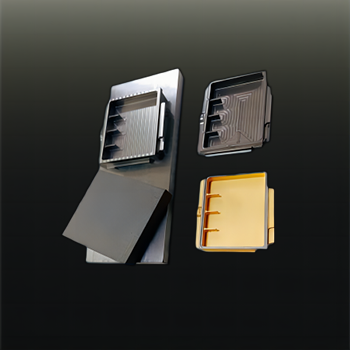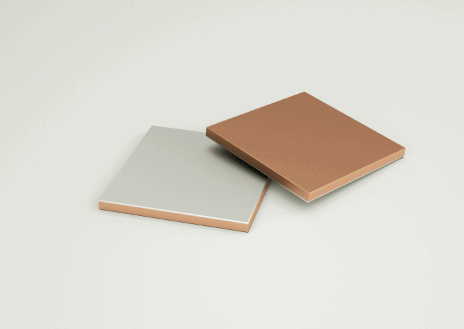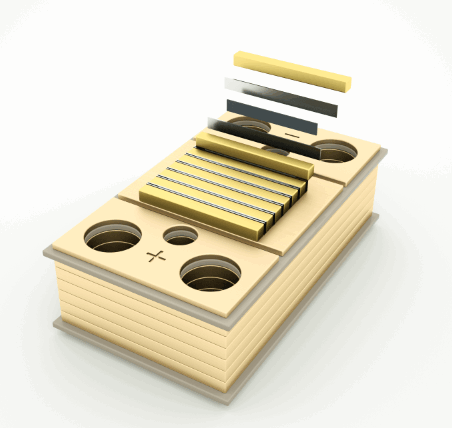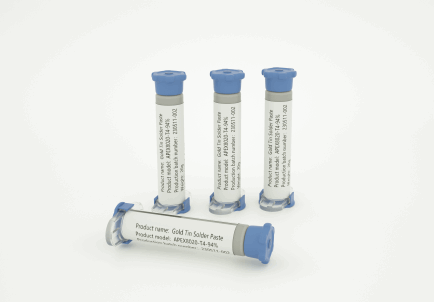Understanding the performance of lead-free solder from the periodic table
Understanding the performance of lead-free solder from the periodic table
People have done extensive research on lead-free solders and have developed three series of lead-free solders. However, some of the performance of these series of lead-free solders, especially welding performance/wettability, welding temperature/processability and economy, are not as good as SnPb solder.
Examining the position of these elements in the periodic table, it is not difficult to see why the developed lead-free solders can only partially reach the level of SnPb solder in terms of performance? In other words, why is it very difficult to find a material that can really have the same performance as SnPb alloy?
At present, the alloy composition of the successfully developed lead-free solder is basically composed of the elements that have been developed in the periodic table as the alloy composition of the solder paste.
SnPb alloy is the most consistent with the principle of "like melts like"
Sn-Pb solder has a history of thousands of years, and it has not been completely replaced so far. The apparent reason is related to their physical and chemical properties, but the most fundamental reason is related to the position of Sn and Pb in the periodic table. They are both group IV elements, and their positions are closely connected (Sn is in the fifth period, Pb is in the sixth period), just like two brothers in the same family, with blood ties, good mutual melting performance, and no intermetallic compounds (IMC) exist in the alloy itself.
However, Pb is the 82nd element in the periodic table, the end of the carbon group, and belongs to the sixth period. Sn is the 50th element in the periodic table, arranged at the second end, and belongs to the fifth period. Because the nuclear charge of Pb is 82, which is much larger than that of Sn, which has a nuclear charge of 50, Sn can usually lose the 4 outermost electrons to form Sn4+ ions, such as SnO2, so Sn shows obvious metallic properties. Pb atoms also have 4 electrons in the outer layer, but because the nuclear charge is 82, it has a strong attraction to the 4 outermost electrons, so Pb can usually only lose 2 electrons to form Pb2+ ions, such as PbO. Therefore, the activity of the Pb element is not as active as that of the Sn element. Therefore, when using SnPb solder to weld metal Cu, in fact, only Sn participates in the combination of the welded metal Cu, while Pb does not participate in the reaction. Sn and Cu form the intermetallic compound Cu6Sn5 through the principle of mutual diffusion. This diffusion is also called selective diffusion in welding science, but the microscopic reason is still determined by the atomic structure of Sn and Pb elements. Different atomic structures show that Sn is more active than Pb.
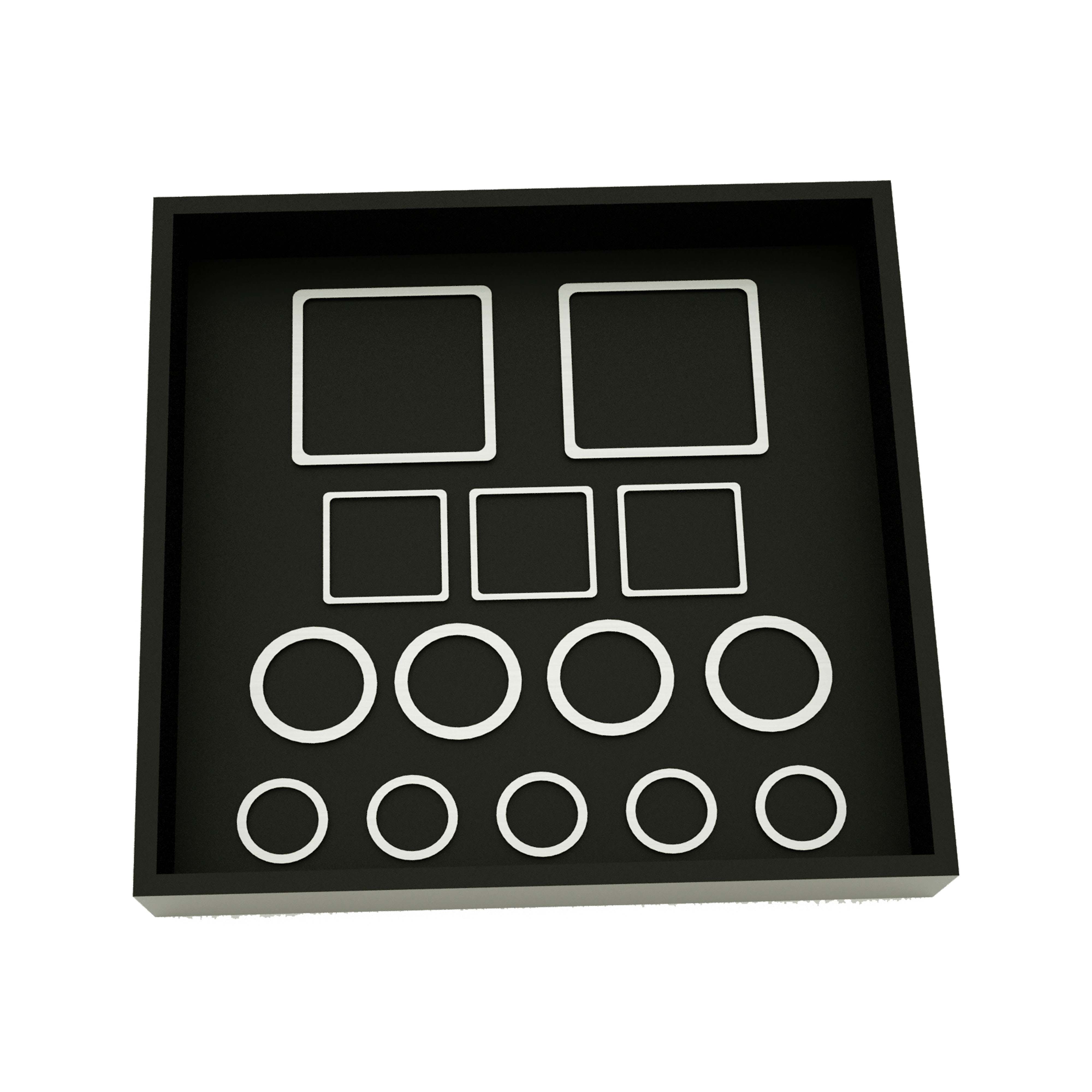
Why will Sn still be the base material of solder?
Due to the harmfulness of Pb, it will be replaced, but Sn is still used as an excellent solder base material. This is because Sn has good affinity with many other metals, has a low melting point, is non-toxic and harmless, especially with large reserves on the earth and low prices, so it is still an irreplaceable solder base material. Therefore, the so-called lead-free solder is still a solder based on Sn. Since the position of Sn has been determined, from the perspective of the periodic table, no element can replace Pb to form a solder similar to Sn-Pb alloy.
Take Bi as an example. Bi is an element closer to Sn except Pb. Bi is the last element in the Vth main group (nitrogen group) in the periodic table. If you look at the periodic table, Bi is ranked in the 15th column of the sixth period and is in the same period as Pb, but Pb is ranked in the 14th column. According to the above rules, Bi and Sn are not elements of the same group, and the metallic property of Bi is weaker than that of Pb. From the element table, we can understand some physical constants of Sn, Pb, and Bi.
Looking at the periodic table, it is obvious that Bi's non-metallic properties are obviously stronger than Pb. Bi is a rhombohedral crystal (similar to a metal crystal) and is brittle. The electrical/thermal conductivity of SnBi alloy is not as good as that of SnPb alloy. Bi and Sn have good mutual solubility, but Sn-Bi alloy has high hardness and low ductility and cannot be drawn into wire. In a word, SnBi alloy solder is not as good as SnPb alloy solder.
As long as the melting points of related metals are compared with the proportion of eutectic alloys formed by them and Sn, an interesting rule will be found, that is, as the melting point of the metal decreases or, more accurately, as the melting point of the metal approaches the melting point of Sn, the proportion of the eutectic components of these metals and Sn increases significantly, which also vividly verifies the principle of "like melts like".
Selecting alloy formula is not the only way to improve the performance of lead-free solder
Some properties of developed lead-free solders such as Sn-Zn, Sn-Ag, Sn-Cu alloys, especially welding performance, are not up to the level of Sn-Pb solder, which is closely related to their position in the periodic table and atomic structure.
Although it is difficult to find an alloy whose performance completely replaces Sn-Pb solder, people have found through a lot of research that Sn-Ag-Cu lead-free solder has higher performance than Sn-Pb solder, except for its high melting point, poor solderability and high price. Other properties such as mechanical properties/fatigue resistance have exceeded Sn-Pb solder. The reason for the poor solderability of lead-free solder is that metals such as Ag and Cu are easy to synthesize IMC with Sn, such as Cu6Sn5 and Ag3Sn, which inhibit the fluidity of Sn. However, tin and lead elements are arranged as main group IV elements in the periodic table, and are arranged very close. They have good mutual solubility, and there is no intermetallic compound in the alloy itself, so Sn-Pb solder has good fluidity.
Lead-free solder has a large surface tension and a large wetting angle during welding. The solution is to add trace metals to the above alloys to improve the oxidizability of lead-free solder and reduce its surface tension (there has been significant progress in this regard). On the other hand, a high-performance flux is developed to enhance the solderability of the solder.
This means that their soldering temperature will also be reduced. For example, the flux in lead-free solder paste uses olefin hydroxyl compounds, which is a unique dendrimer (Ploy-edndnimer) activator. It can not only enhance the moisture resistance of solder paste, effectively eliminate solder paste splashing and exhaust effects, but also has organic metal complexing, which can complex a variety of metal ions (Cu2+, Ni2+ PbAg). In this way, during reflow soldering, this type of flux can effectively complex various Ag3Sn, Cu6Sn5 and other intermetallic compounds. The starting temperature of this type of dendrimer complexing agent is about 140℃, and the complexing temperature is 180℃, which is beneficial to the wettability of Sn atoms, thereby reducing the surface tension of lead-free solder and increasing the solderability.
In addition, the new flux also makes the prepared solder paste less likely to adhere to the template and scraper, which is beneficial to the rolling and off-grid properties of the solder paste, and ensures that the solder paste can be quickly separated from the scraper and template window.
At present, one view is that the soldering temperature of lead-free solder is defined as "the melting point of the solder + 10°C". Taking Sn-3.5Ag-0.9Cu as an example, its melting point is 218°C, plus 10°C is 228°C, and soldering at a temperature of 230°C is almost the same as the soldering performance of Sn-Pb solder. Usually, flux is an organic compound, which can be obtained by synthesis, which is much more convenient than creating a new element. Therefore, the future of lead-free solder can be improved by finding trace elements, improving the comprehensive performance of solder, and developing new flux to improve the soldering performance of solder. Although the existing lead-free solder has not yet fully achieved the comprehensive performance of Sn-Pb solder, this cannot hinder the process of lead-free conversion in electronic manufacturing.
The periodic table reveals that the fundamental reason why one element is different from another is that their nuclear charge numbers are different. The nuclear charge number of an element is equal to its position number in the periodic table. The properties of the element and the simple substance and compound formed by it show periodic changes with the increase of the atomic number (nuclear charge number) of the element. The various properties of matter under different conditions, whether physical or chemical, are related to their structure.
There are seven horizontal rows in the periodic table, representing seven periods. There are eighteen vertical rows in the table, listing various elements (103 kinds). Among them, those marked with IA~VIIA are the first to seventh main group elements, those marked with VIII are the eighth group elements, and those marked with 0 are zero-type elements, that is, rare gases. All sub-group elements are in the vertical rows marked with IB~VIIB. The periodic table provides people with the following rules:
First, although the earth is very rich in materials, there are only 103 basic elements that constitute materials. Excluding non-metallic elements, highly active metals, radioactive elements, and harmful elements, there are only a handful of elements that can be used as welding materials for electronic products.
Second, the non-metallic properties of the main group elements in the same group in the periodic table weaken from top to bottom, while the metallic properties increase. However, the elements at the end of the main group will inhibit the metallic properties of their elements due to the increase in nuclear charge number. In the same period, the elements transition from typical metallic elements to non-metallic elements from right to left.
In addition, the degree of fusion between metals usually depends on factors such as their atomic radius, position in the periodic table, and crystal type. Generally speaking, if two metals are close in position in the periodic table, have the same lattice type, similar electronic structure, and little difference in atomic radius, their mutual melting degree will be higher. As the saying goes, "like melts like".

